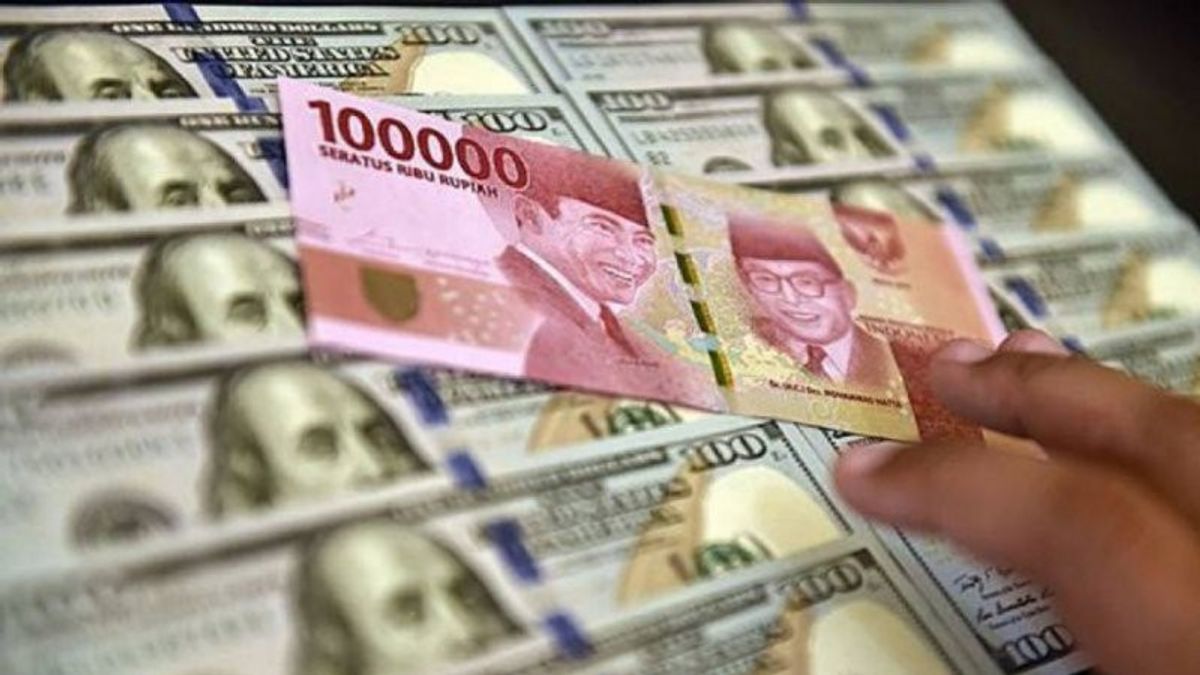JAKARTA – The Ministry of Finance through the Director General of Financing and Risk Management of the Ministry of Finance (Kemenkeu) Suminto gave an explanation to the DPR regarding the government's strategy for managing debt amid the current trend of high-interest rates.
Suminto explained that the impact of the increase in the interest rate would certainly bring pressure on the cost of funds on government debt.
"Of course, we realize that most of the debt is issued in the form of Government Securities (SBN) to the market. Therefore the cost of funds will be largely determined by developments in market interest rates," he said at the Senayan Parliament Complex, Jakarta on Tuesday, February 7.
Due to this potential pressure, the Ministry of Finance is said to be trying to manage risk by strengthening the domestic economic structure through collaboration with other policymakers.
"Of course, in this context, together with other authorities, we must manage the economy and the financial sector well so that it can have a positive impact on market interest rates," he said.
SEE ALSO:
Apart from anticipating pressure on the domestic side, Sri Mulyani's staff also revealed that the government takes into account external aspects which tend to be more uncertain.
"Including how we manage spillover effects from global economic and financial conditions," he said.
Just so you know, since August 2022, Bank Indonesia (BI) has raised interest rates by 225 basis points (bps) to 5.75 percent. Likewise, with the US central bank, The Federal Reserve, which was recorded as being more aggressive by raising its interest rate to 450 bps over the past year.
For information, the government continues to encourage the issuance of debt for the domestic market (rupiah) compared to the portion of foreign currency debt (forex), in order to prevent capital outflow pressures and reduce the cost of funds.
Meanwhile, the portion of foreign currency debt compared to rupiah debt has continued to decline over the past few years, namely 43 percent in 2014 to only 29 percent in 2022.
Meanwhile, the amount of government debt until December 2022 is IDR 7,733.99 trillion or the equivalent of 39.57 percent of gross domestic product (GDP).
The English, Chinese, Japanese, Arabic, and French versions are automatically generated by the AI. So there may still be inaccuracies in translating, please always see Indonesian as our main language. (system supported by DigitalSiber.id)
















